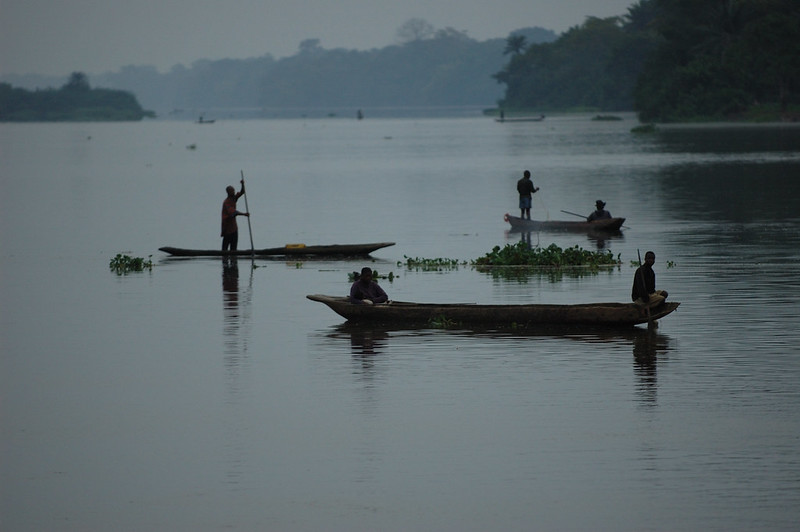 Indigenous peoples constitute only 6% of the global population and these communities are three times as likely to fall victim to extreme poverty compared to non-Indigenous people. However, their profound connection to the land and nature offers invaluable insights into modern environmental challenges. This article highlights three crucial reasons why this cultural wisdom is essential to impoverished Indigenous groups as well as the future health of the planet.
Indigenous peoples constitute only 6% of the global population and these communities are three times as likely to fall victim to extreme poverty compared to non-Indigenous people. However, their profound connection to the land and nature offers invaluable insights into modern environmental challenges. This article highlights three crucial reasons why this cultural wisdom is essential to impoverished Indigenous groups as well as the future health of the planet.
Protecting Biodiversity
Indigenous wisdom plays a crucial role in preserving biodiversity and protecting the environment. Central to their beliefs is the Natural or First Law, which focuses on ethics, reciprocity and gratitude toward the Earth, according to PLOS Global Public Health. According to Diné musician, scholar and cultural historian Lyla June, Indigenous peoples have historically acted as “keystone species,” essential to the balance and support of their ecosystems.
Research shows that indigenous-managed lands show higher biodiversity and lower deforestation rates, resulting in these areas becoming carbon hotspots in the environment. For instance, The Ecuador Biodiversity Conservation in Pastaza Project focused on benefiting communities in Ecuador by supporting sustainable biodiversity usage. Although this project ended in 2007, it greatly benefitted the Yana Yacu, Nina Amarun and Lorocach territories.
Families who participated in the project saw a mass increase in crop production. This surplus food can be used for trading and preparing seed banks, which boosts the local economy and provides opportunities for struggling families. In addition to their environmental contributions, Indigenous peoples maintain rich cultures, values and traditions, while navigating poverty-related issues, further strengthening their role as key protectors of the environment.
Managing Environmental Changes
Indigenous groups have long recognized and prepared for environmental concerns, often attributing these issues to the impacts of colonialism and capitalism. Their adaptation strategies, honed through generations of experience, offer critical insights for managing unique challenges that disrupt community work and food systems, according to One Earth. These communities have historically navigated drastic environmental shifts and natural disasters, providing a rich understanding of resilience and adaptation.
For instance, the Skolt Sámi tribe of the European Arctic has recently made protective efforts to restore rivers damaged by man-made changes. By restoring ecosystems such as the Vainosjoki River, this tribe has created a home for many types of fish, plants and animals that were previously unavailable in the area, One Earth reports. This introduces a home and a food source to local communities, supporting the tribe as well as the Earth.
Valuing Indigenous Knowledge in Policy Making
Indigenous populations, despite their significant contributions to environmental conservation and carbon storage, remain underrepresented in government decision-making processes, according to PLOS Global Public Health. Despite the implementation of the United Nations Declaration of the Rights of Indigenous Peoples (UNDRIP) in 2007, Indigenous voices continue to not be heard. Despite not being a part of crucial policy-making decisions, Indigenous groups around the world today are making great strides in expanding their rights throughout the Arctic, Africa, the Pacific and Asia, according to PLOS Global Public Health.
As a marginalized group, throughout the COVID-19 pandemic, Indigenous populations around the world had to rely on cultural remedies often without access to the vaccine or proper health care. The Indigenous response to the pandemic further demonstrates the value of traditional medicinal and recovery practices, according to PLOS Global Public Health. Specifically, the Mbuti, Efe and Baka tribes in Africa have been environmentally impacted by an increase in logging and mining in forest-dependent areas.
Additional issues throughout the pandemic forced many to relocate, food and water shipments were often delayed and many lost their jobs due to the lockdown. The pandemic hit Indigenous groups the hardest, forcing them further into poverty, according to Elsevier. Despite these struggles, many groups such as tribes in Brazil and South Africa widely used herbal medicines and traditional techniques to treat symptoms. Mainstream discussions often overlook these practices despite their value as efficient and safe solutions. Incorporating Indigenous knowledge into policy-making and scientific research could benefit efforts to preserve biodiversity and combat environmental damage.
Embracing Indigenous Wisdom
Indigenous people manage about 25% of Earth’s surface, which is notably in better ecological condition in comparison to other regions. One organization, the African Conservation Center (ACC) is an East African group that focuses on working with local Indigenous communities to create innovative solutions to environment-related issues. The organization began its journey in the 1970s and has helped 11,700 homes in Magadi access clean water. Clean water allows families to cook, clean, bathe and hydrate, lack of access to clean water can lead to infection and disease. This effort shows the effectiveness of their practices and the benefits of prioritizing protective conversations.
Embracing Indigenous wisdom not only helps restore and protect natural habitats but also fosters sustainable practices that can benefit future generations. As the Earth faces escalating environmental challenges, the collaboration between Indigenous knowledge and contemporary science emerges as a beneficial strategy for ensuring the planet’s health and safety. These time-tested practices offer valuable lessons for designing life systems that are sustainable and capable of nurturing the Earth for generations to come.
– Lauren Sellman
Lauren is based in Rochester Hills, MI, USA and focuses on Good News and Global Health for The Borgen Project.
Photo: Flickr
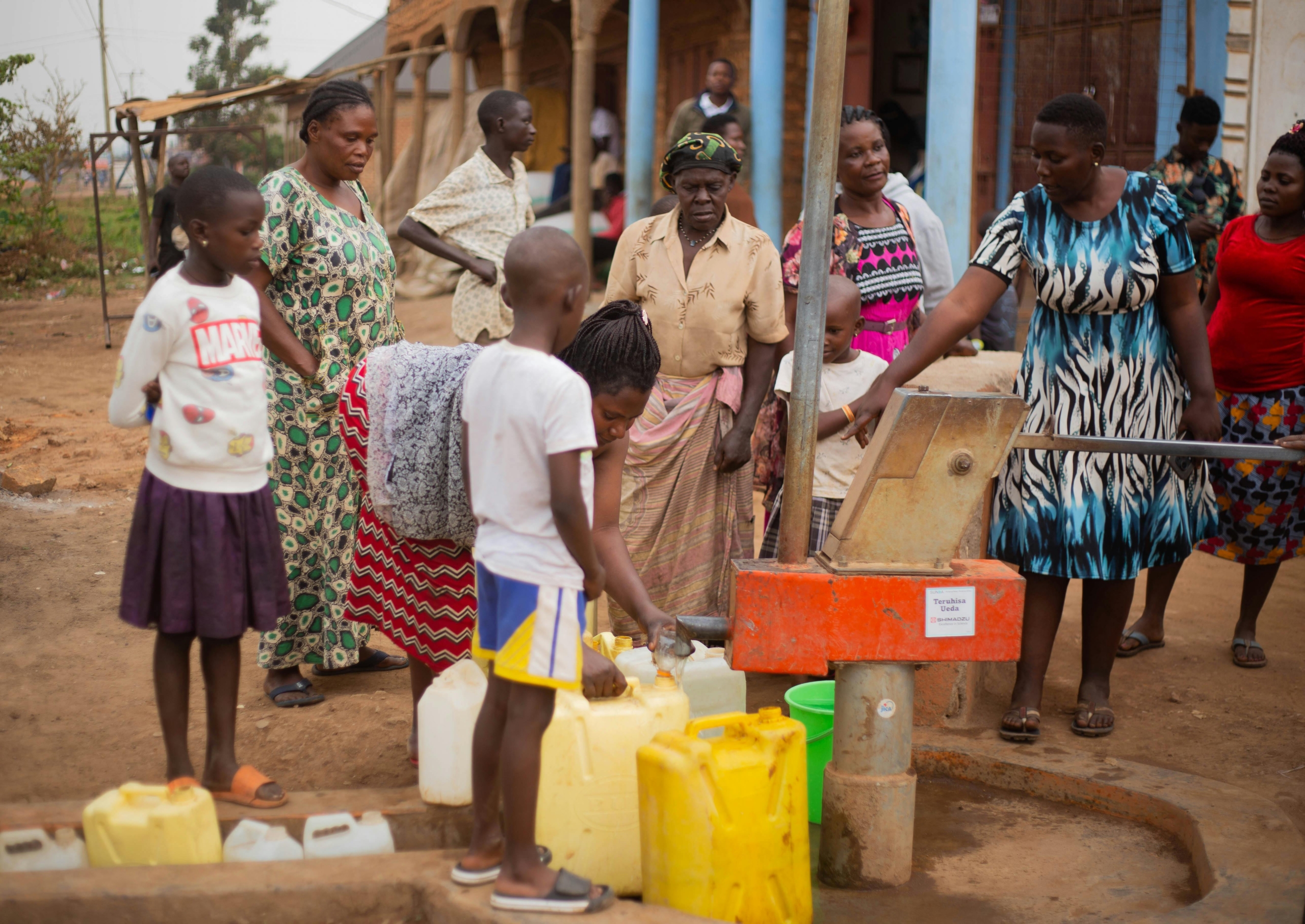
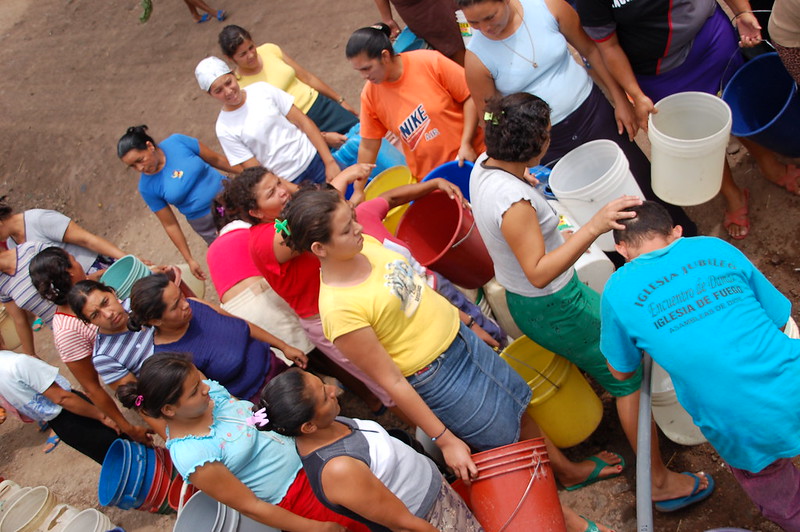 Access to clean water is a basic necessity many of us take for granted. Yet, this is a harsh reality for
Access to clean water is a basic necessity many of us take for granted. Yet, this is a harsh reality for 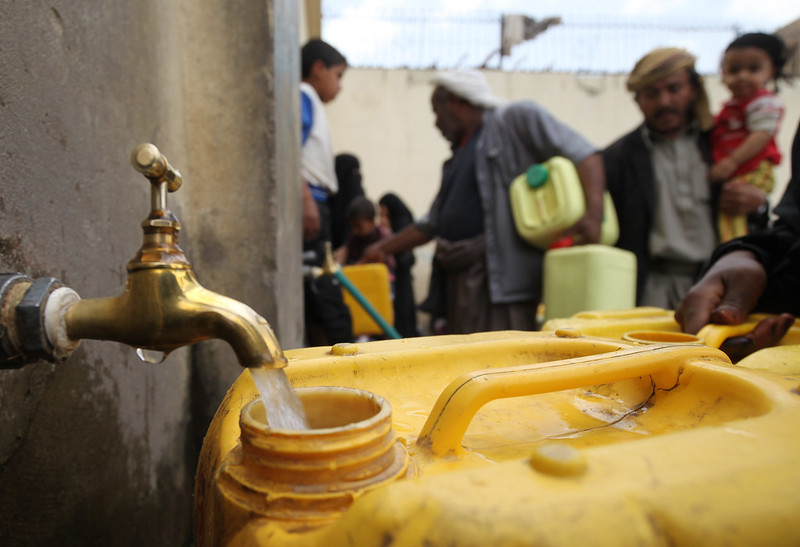
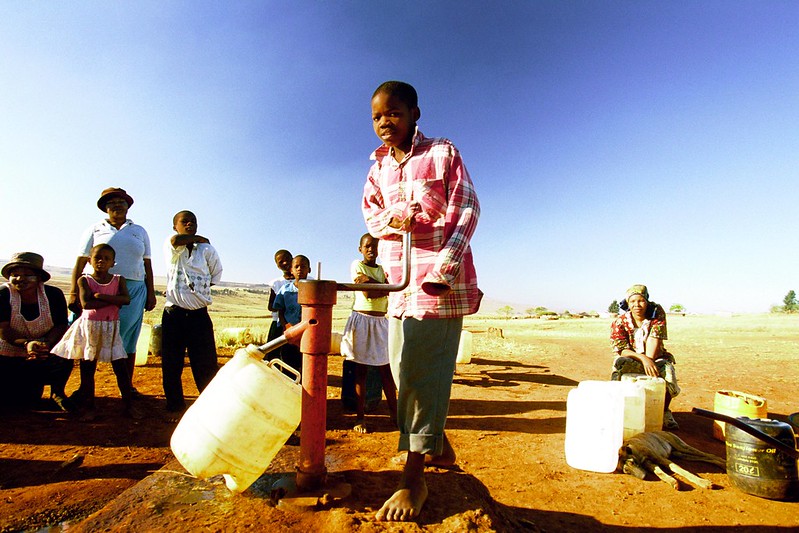 South Africa’s central
South Africa’s central 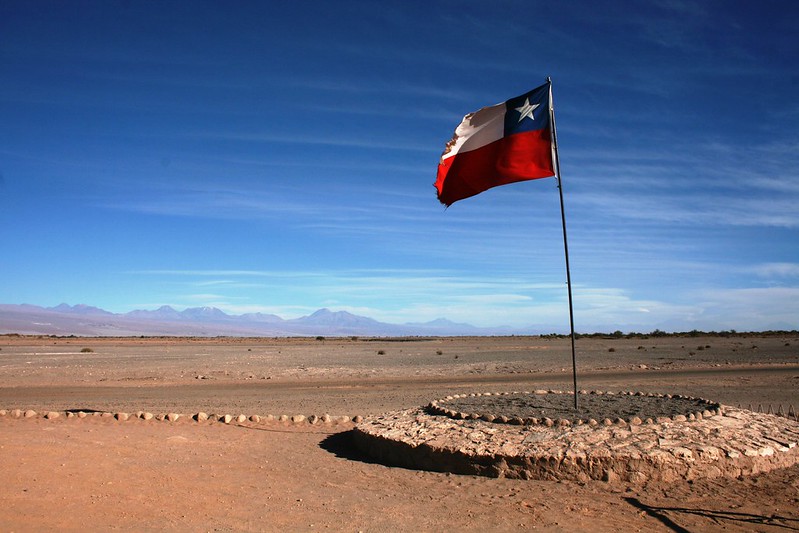
 In March 2024, more than 60% of
In March 2024, more than 60% of  The
The 
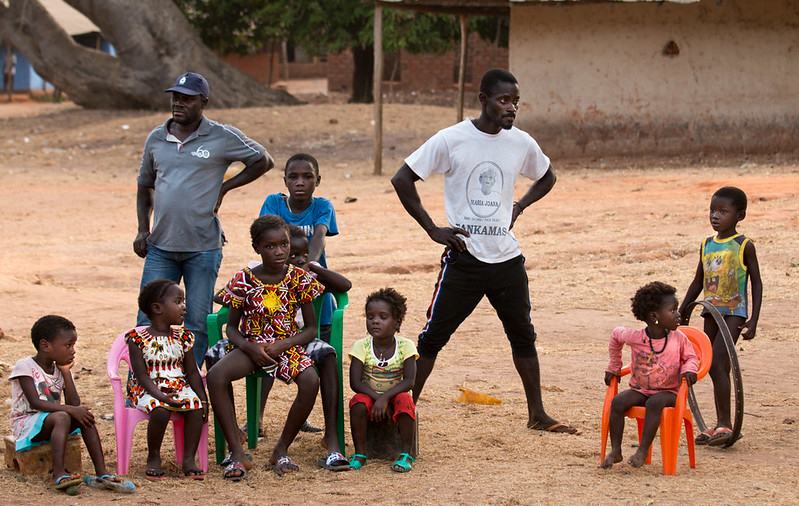 The small, West African country of Guinea-Bissau, comprised of 88 islands, is home to 1.8 million people. Its beautiful landscapes, pristine beaches, cultural traditions and natural source of mangoes, cashews and papayas attract tourists to its UNESCO Biosphere Reserve.
The small, West African country of Guinea-Bissau, comprised of 88 islands, is home to 1.8 million people. Its beautiful landscapes, pristine beaches, cultural traditions and natural source of mangoes, cashews and papayas attract tourists to its UNESCO Biosphere Reserve. 